By Dr Charles Margerison
Psychologist
Founder of Amazing People Worldwide
We can only improve by learning. So, what are the ways you learn best?
I have long been interested in this question, both for my own personal development, and for my work with students and adult learners.
That is why I was drawn to studying the work processes of amazing achievers such as Edison, Curie, Pasteur, and others who changed our world for the better.
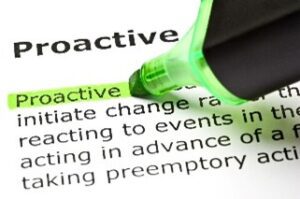 That is why I was interested in working with people who were proactive and innovative. I learned a lot from colleagues by working on team projects.
That is why I was interested in working with people who were proactive and innovative. I learned a lot from colleagues by working on team projects.
That is why I am currently involved in developing education resources for students from the age of 3 to 21 years of age, and beyond for those engaged in continuing professional development.
 One of the key issues arising is the extent to which we learn when being passive or active? On reflection, my formal primary and secondary education was more than 80% passive. The classrooms had about 30 desks, and for most of the day we sat listening to the teacher and completing assignments. Talking to another student was regarded as an offence, even if I was asking for help. The teacher had the knowledge. Asking advice from another student was seen akin to cheating,
One of the key issues arising is the extent to which we learn when being passive or active? On reflection, my formal primary and secondary education was more than 80% passive. The classrooms had about 30 desks, and for most of the day we sat listening to the teacher and completing assignments. Talking to another student was regarded as an offence, even if I was asking for help. The teacher had the knowledge. Asking advice from another student was seen akin to cheating,
Even when I went to university, the same passive student experience prevailed. Lectures were the main process. Students sat and wrote notes as the lecturer droned on. By that time, I had considerable work experience in social services, as I had previously worked for two years in a job assisting the disabled, the homeless, the unemployed and the elderly. However, I cannot remember once being asked to contribute, or reflect on, what I had learned from those active experiences.
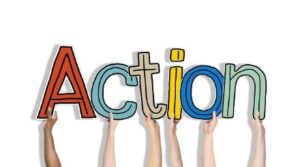 However, I had also learned an enormous amount by being active in various ways prior to working. By the age of 5, I could speak the English language at a reasonable level, despite the fact I had never been in a classroom. My parents, who both left school at the age of 14 and had no formal qualifications, helped me. The whole process was by active learning. In effect, I imitated and adapted what they said.
However, I had also learned an enormous amount by being active in various ways prior to working. By the age of 5, I could speak the English language at a reasonable level, despite the fact I had never been in a classroom. My parents, who both left school at the age of 14 and had no formal qualifications, helped me. The whole process was by active learning. In effect, I imitated and adapted what they said.
By the age of 10, I was in the school football team and playing well. I had never been to a coaching workshop, but I had spent hours kicking a ball in the streets with my friends and learning by playing.
Therefore, the balance between passive and active learning still fascinates me. That is why I researched the lives of amazing people. I did so in an active way by visiting places where they worked and lived.
There is no doubt they benefitted from some passive learning, but the key to their achievements came through action. Here’s a couple of outstanding examples:
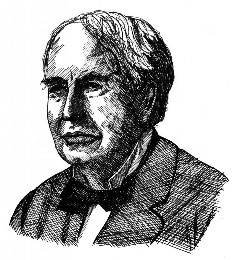 Thomas Edison had to leave formal schooling when he was seven years of age because his teacher said he was ‘addled’ – an old term for not being able to think clearly. The problem was Edison was profoundly deaf and could not understand what was being said. However, through his experimental and active learning efforts, he became a genius inventor and the founder of the General Electric Company.
Thomas Edison had to leave formal schooling when he was seven years of age because his teacher said he was ‘addled’ – an old term for not being able to think clearly. The problem was Edison was profoundly deaf and could not understand what was being said. However, through his experimental and active learning efforts, he became a genius inventor and the founder of the General Electric Company.
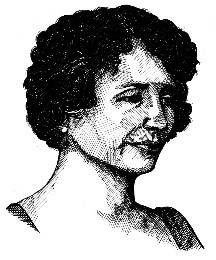 Helen Keller became severely ill early in her life, which led to her being both deaf and blind. However, with the help of Anne Sullivan her tutor and friend, she became a leading advocate for disabled people by showing how to learn from action.
Helen Keller became severely ill early in her life, which led to her being both deaf and blind. However, with the help of Anne Sullivan her tutor and friend, she became a leading advocate for disabled people by showing how to learn from action.
In my current work, I am developing education resources where students can learn through engagement.
– Amazing People Schools is an organization I have established that encourages students to understand the work of amazing people, and then develop their own projects to see if they are interested in doing similar work. The focus is on character education and self-development. For reference, see – Amazing People Schools
– Can Do Kids Band is a virtual music group, who tour from country to country and encourage students to learn by following the music of the communities and cultures. Website link is – Can Do Kids Band
– Imagineland is a wonderful virtual world for early learners, where they can engage with the characters and gain ideas on how to establish their own stories. See the link at exploreimagineland.com
These resources provide students with ways and means of exploring both online and through real life projects. For example, we encourage students to go into their communities and interview people who are doing important work. In doing so, the students develop their interviewing skills and learn about people’s careers.
The same applies when students become active if they meet with local musicians. This is the approach featured in the Can Do Kids Band stories. They show students how to learn through understanding local songs and music.
It is usually assumed that we need to know before we do. However, there are many occasions when we learn by taking action.
The amazing books on scientific knowledge are the result of experimentation, and the knowledge is codified afterwards. Great explorers, like Captain Cook, took action. They sailed the oceans in order to provide the knowledge of places and people.
People who started businesses, like HJ Heinz and Henry Ford, had some basic knowledge, but learned how to develop their business by taking action.
Today, the danger is that we condition students into a passive way of learning though books and computer search systems. Passive learning is necessary, but not sufficient.
Applied learning is more important. Therefore, let us develop a passive/active learning ratio. For example, how many hours of active learning should there be for every hour of passive learning. Should it be a ratio of 1 to 1, or 3 to 1 or 10 to 1?
I play the piano, and have performed in restaurants, cafes, on cruise ships and entertained in various other places. To start, I needed knowledge but my ability and confidence improved through action and applications. My estimate is that a ratio of 25 active hours to 1 passive hour has helped me.
In our current work, we are encouraging students to develop the applied learning, rather than just pass exams based on passive learning. In particular, we are asking students ‘what have you learned about yourself as a result of taking action?’ That is the most important learning they can gain, as it will enhance their ability to improve.
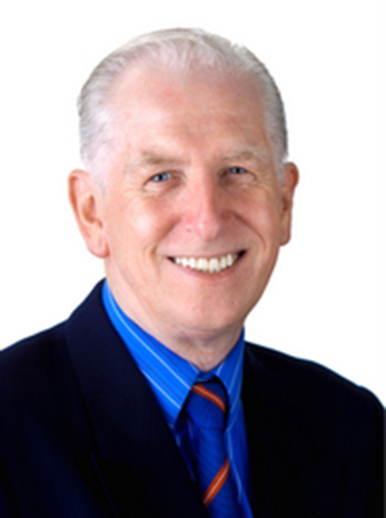
Dr Charles Margerison, President and founder of Amazing People Worldwide, is a Psychologist. He is also President of Amazing People Schools. Dr Margerison has consulted widely for major organizations in the fields of organizational and educational psychology. He was previously Professor of Management at Cranfield University, UK, and the University of Queensland, Australia. He founded Amazing People Worldwide in 2006 and is supported by a dedicated global team. He previously co-founded Emerald Publications, and Team Management Systems and has authored more than 30 books. Dr Charles is also the creator of ‘Can Do Kids Worldwide, a virtual music group that helps students to learn about countries and cultures through music. He has also developed Imagineland, for early learners. You can follow him on Linked in .
For more information, please email info@amazingpeopleworldwide.com
Websites:



Copyright © 2021. Amazing People Worldwide.
All Rights Reserved.
This site is protected by reCAPTCHA and the Google
Privacy Policy and Terms of Service apply.



